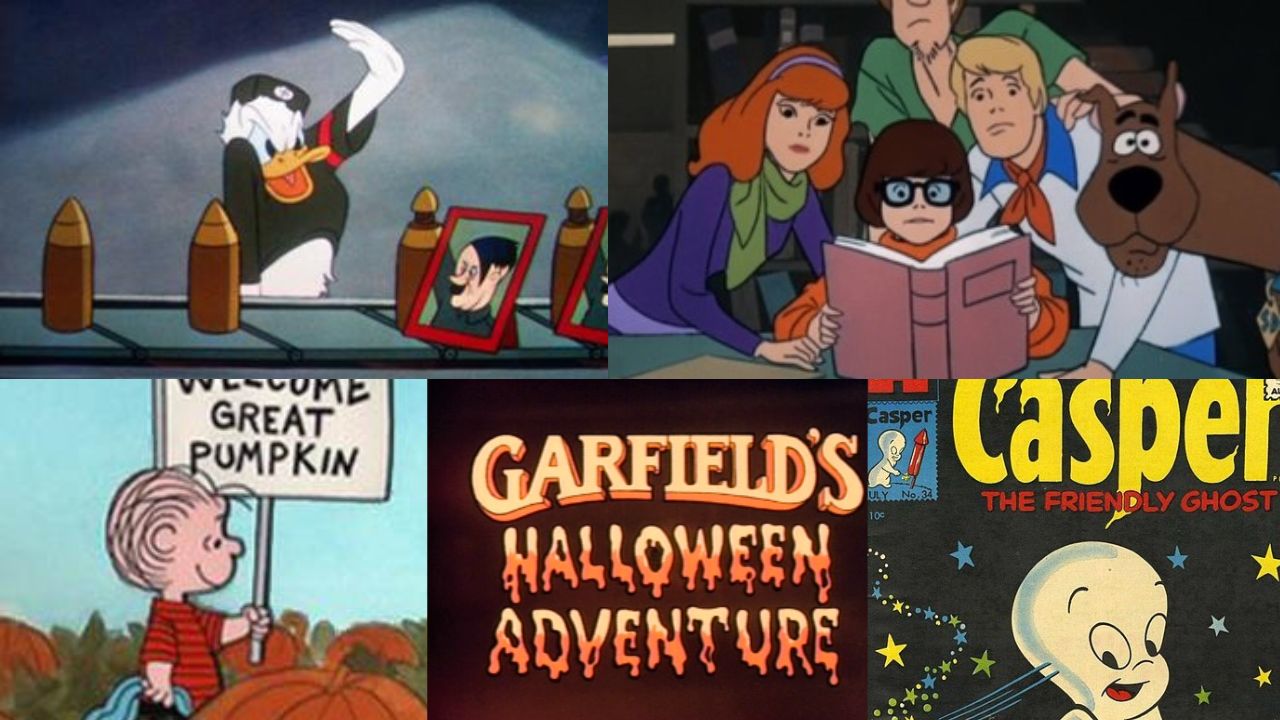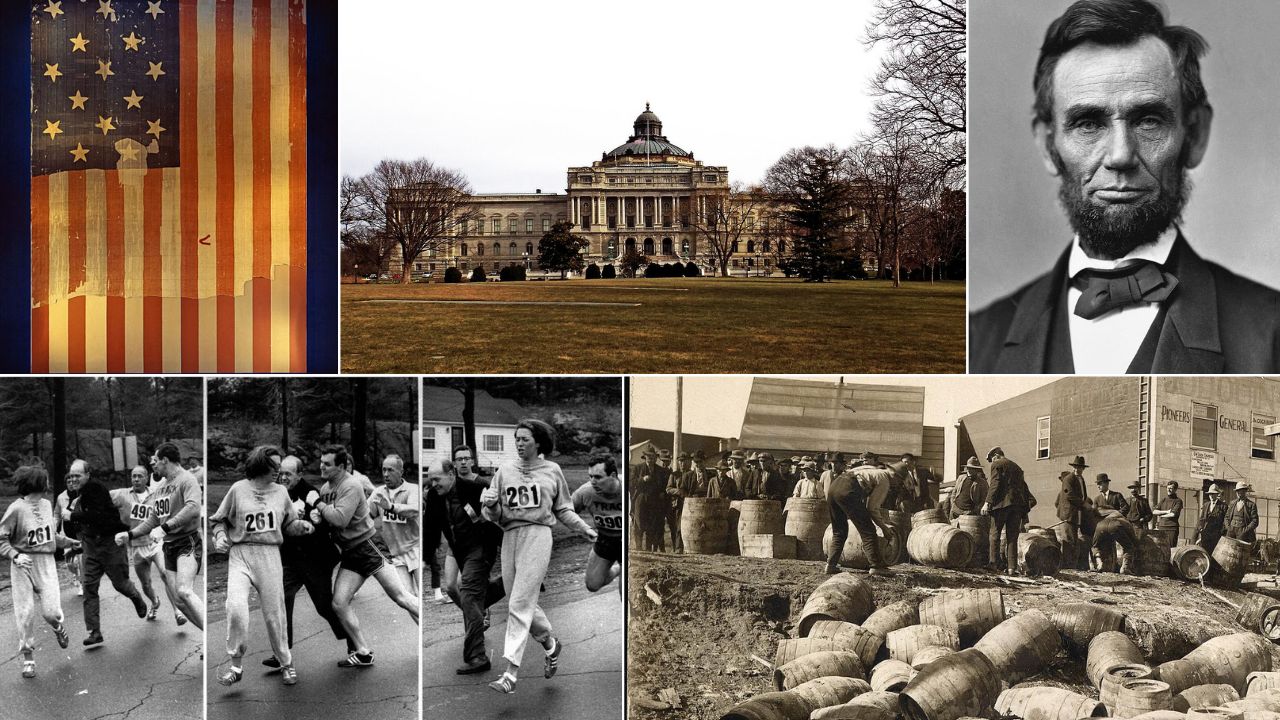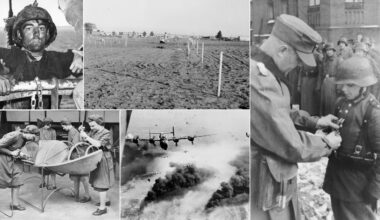Halloween traditions bend with whatever kids watch and repeat the next day. Midcentury shorts and TV specials did more than entertain; they modeled scripts for costumes, courtesy at the door, and sticky sweet bravery between porch lights. Some episodes even tied pillowcase hauls to real giving, which helped skeptical adults see the night as organized, not chaotic. The result is a ritual that survives trends because the beats are clear, the rules are teachable, and the fun scales to any block.
Donald Duck (and Witch Hazel) in “Trick or Treat,” 1952

Disney’s short packaged the whole night into a playbook: knock politely, share the haul, and laugh when spooky gags fizzle. Donald’s stinginess gets corrected by Witch Hazel, and the nephews still end in neighborly balance. That mix of mischief and manners taught generations how to trick and treat properly, with costumes as invitations, not threats. Parents got a script to reference, kids got permission to be silly, and the sidewalk became a stage with rules everyone understood.
Linus Van Pelt and “The Great Pumpkin”
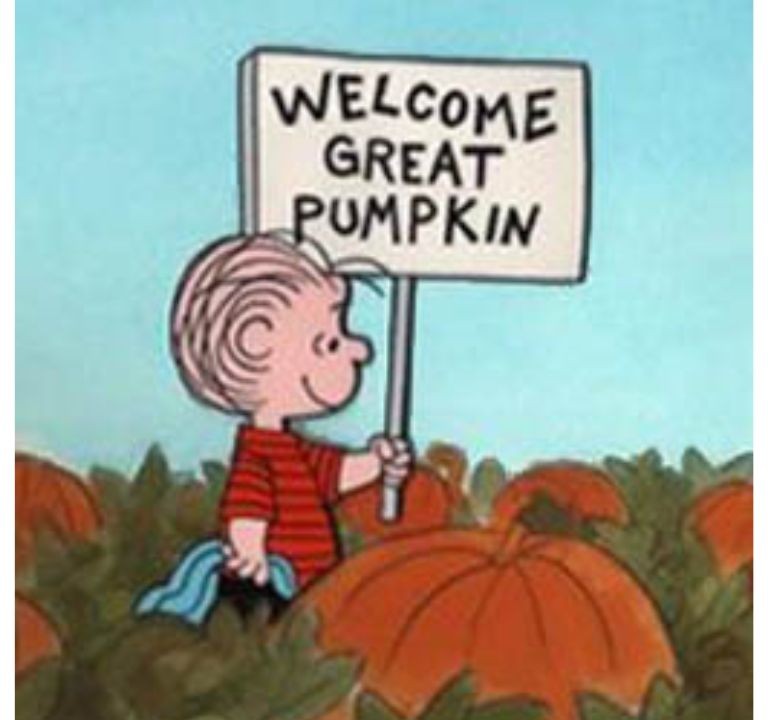
“Peanuts” turned waiting into the plot. Linus camping in a pumpkin patch reframed Halloween as community theater, where belief, kindness, and gentle peer pressure set the tone. While others hit doors, his steady faith made the night feel safe, almost tender, and the running joke about rocks underlined fair play at the porch. Paired with UNICEF coin boxes from 1950, the special nudged door to door visits toward purpose as well as candy, and adults took notice.
Casper the Friendly Ghost
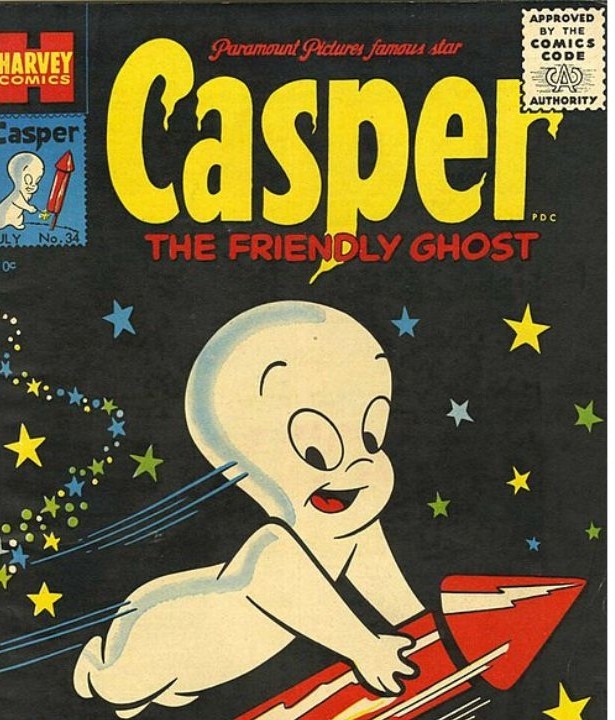
Casper recast fear as a hello. A ghost who only wants friends models the exact energy of a good route: introduce, smile, and keep moving. Stories put the shy, kind kid at the center, turning masks from menace into make believe and reminding viewers that gentleness travels well after dark. For cautious adults, a friendly ghost softened the edges of porch traffic. For nervous kids, his calm presence said the street belonged to them too if everyone played fair.
Scooby-Doo and the Unmasking Crew
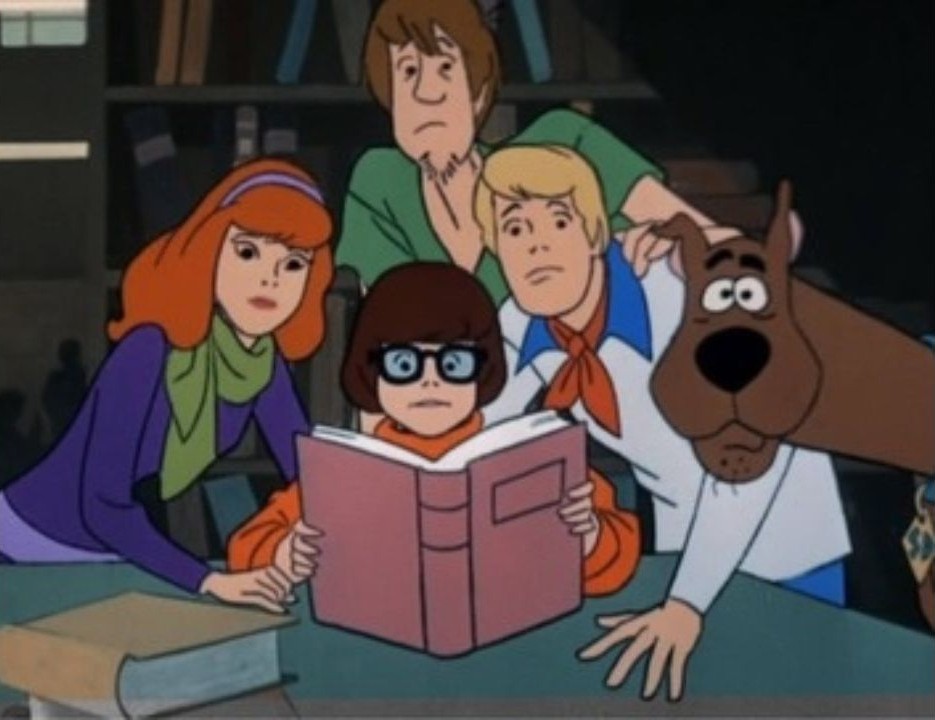
Monsters lose their bite when a ragtag van turns every scare into a teachable moment. The ritual is simple: split up, follow clues, unmask, and learn that most frights are tricks. That rhythm crossed to Halloween night and rewarded groups, flashlights, and common sense over dares. It made spooky houses less ominous and set a norm for sticking together, avoiding sketchy shortcuts, and trusting maps. Panic fades when there is a plan and each person has a role.
Garfield’s Halloween Adventure

The laziest cat gets lured outside by candy, then faces real midnight jitters. The arc mirrors a child’s evening: big confidence at dusk, honest nerves after the fifth block, and relief when the lights glow at home. The cozy ending validated a sensible curfew without scolding and showed how adults can set boundaries while still honoring the chase. By morning the lesson sticks. A great haul is fun, but a warm landing and a safe loop matter more.
